GPCR/G protein

All GPCRs share a common seven trans-membrane structure. GPCRs are associated with heterotrimeric G-proteins which are GTP-binding proteins made of alpha, beta, and gamma subunits. When a ligand binds to GPCR, it activates the attached G-protein, the GDP is replaced with GTP. The activated G-protein then dissociates into an alpha and a beta-gamma complex which activates downstream signaling pathways. These intracellular signaling pathways include cAMP/PKA, calcium/NFAT, phospholipase C, protein tyrosine kinases, MAP kinases, PI-3-kinase, nitric oxide/cGMP, Rho, and JAK/STAT.
GPCRs are one of the most important therapeutic targets for various diseases, over 30% of all modern medicinal drugs target this family. Aberrant GPCR functions are involved in pathological conditions such as neurological, immunological and hormonal disorders. A large number of GPCRs have been identified, but whose ligands are not known, are classified as orphan receptors.
-
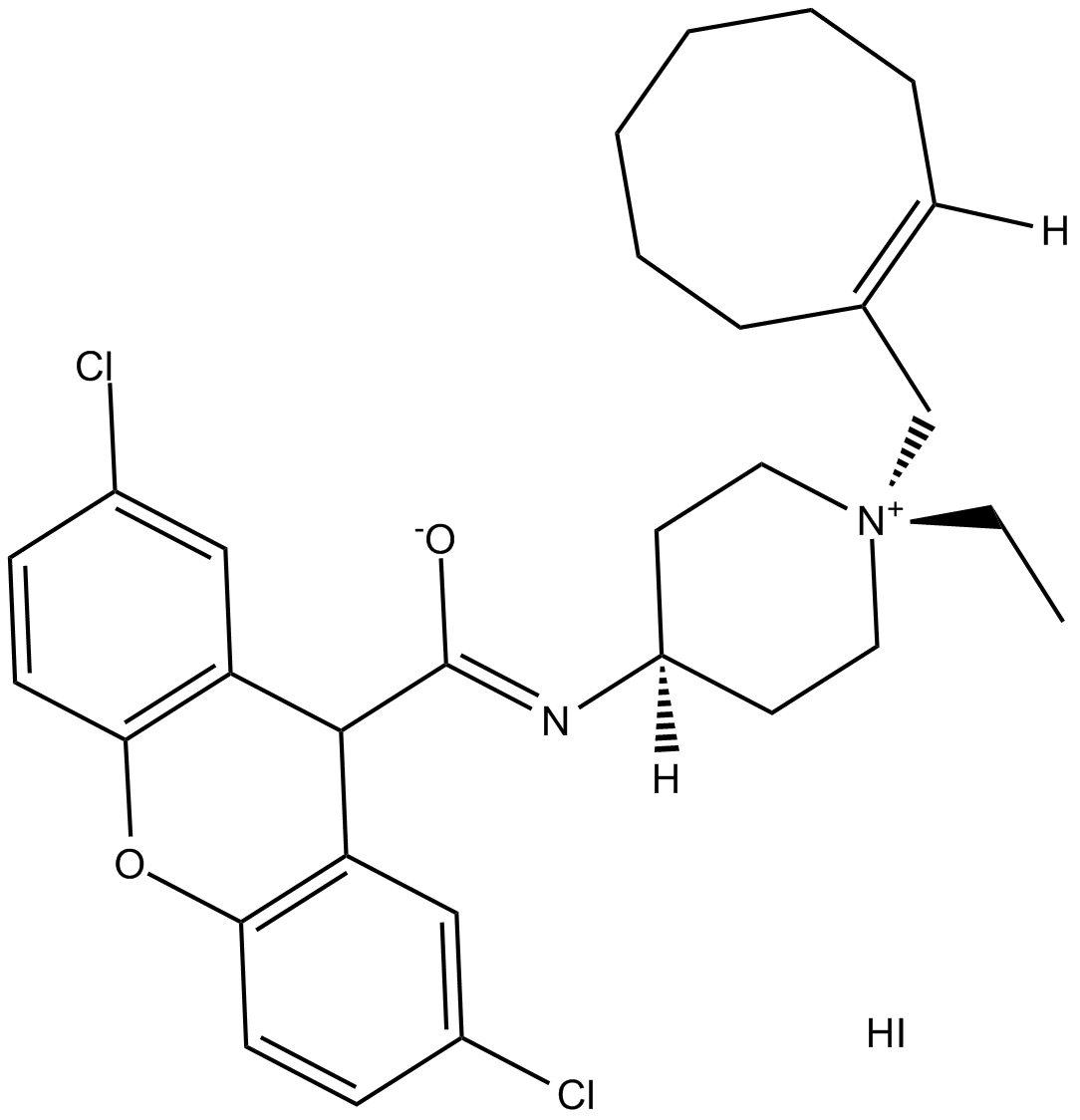 B7176 UCB 35625Summary: chemokine CCR1 and CCR3 receptor antagonist
B7176 UCB 35625Summary: chemokine CCR1 and CCR3 receptor antagonist -
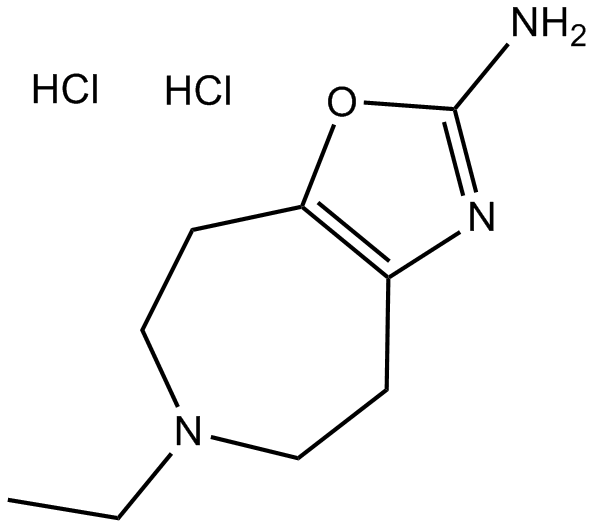 B7177 B-HT 933 dihydrochlorideSummary: α2-adrenoceptor agonist
B7177 B-HT 933 dihydrochlorideSummary: α2-adrenoceptor agonist -
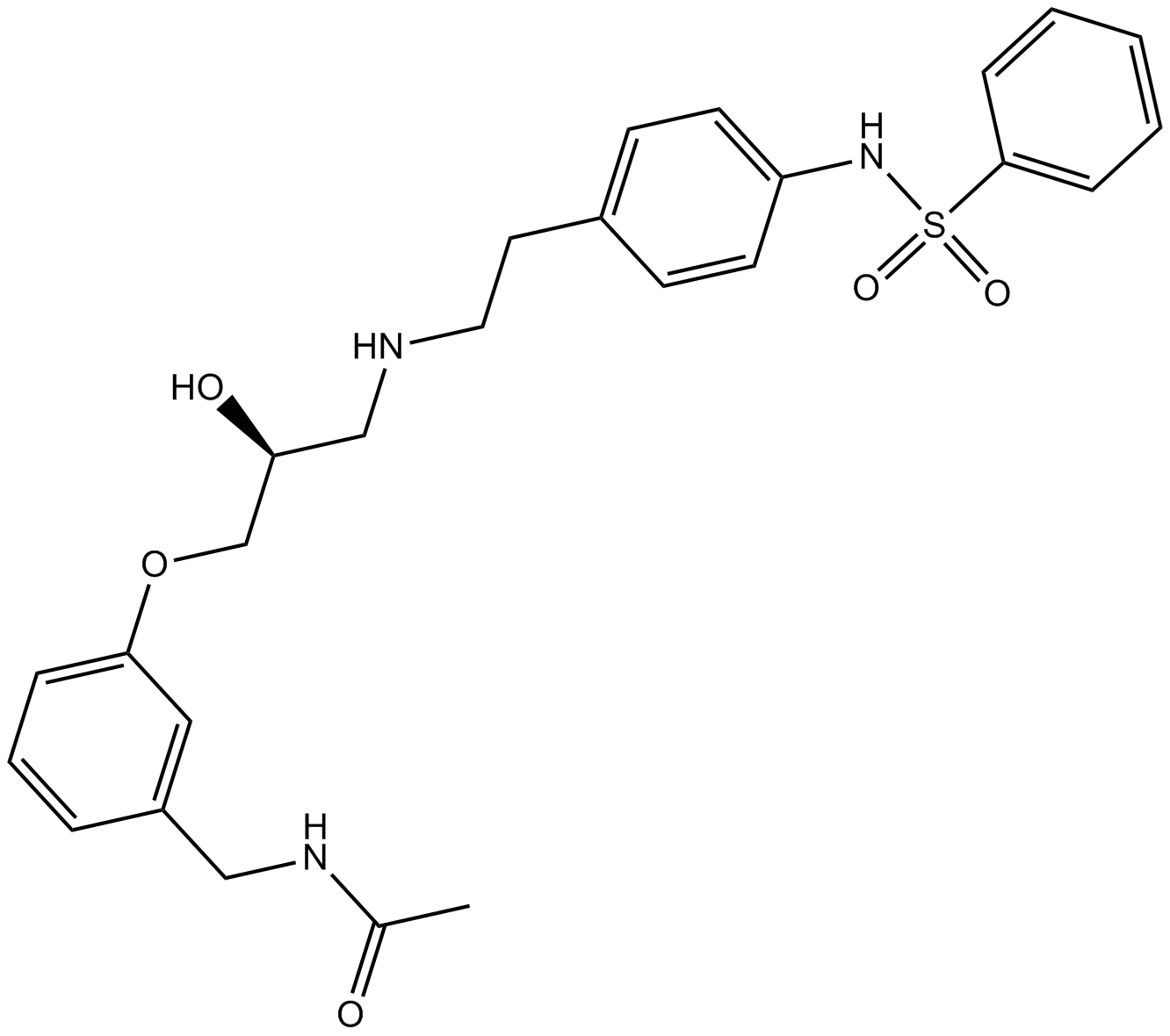 B7178 L-748,337Summary: Competitive β3-adrenoceptor antagonist
B7178 L-748,337Summary: Competitive β3-adrenoceptor antagonist -
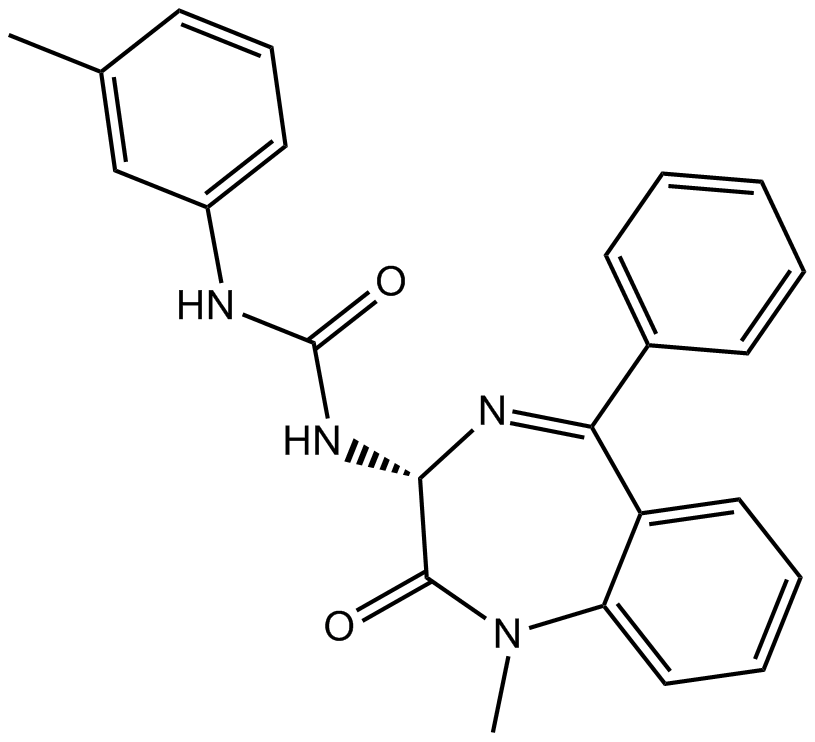 B7181 L-365,260Summary: cholecystokinin receptor 2 (CCK2) antagonist
B7181 L-365,260Summary: cholecystokinin receptor 2 (CCK2) antagonist -
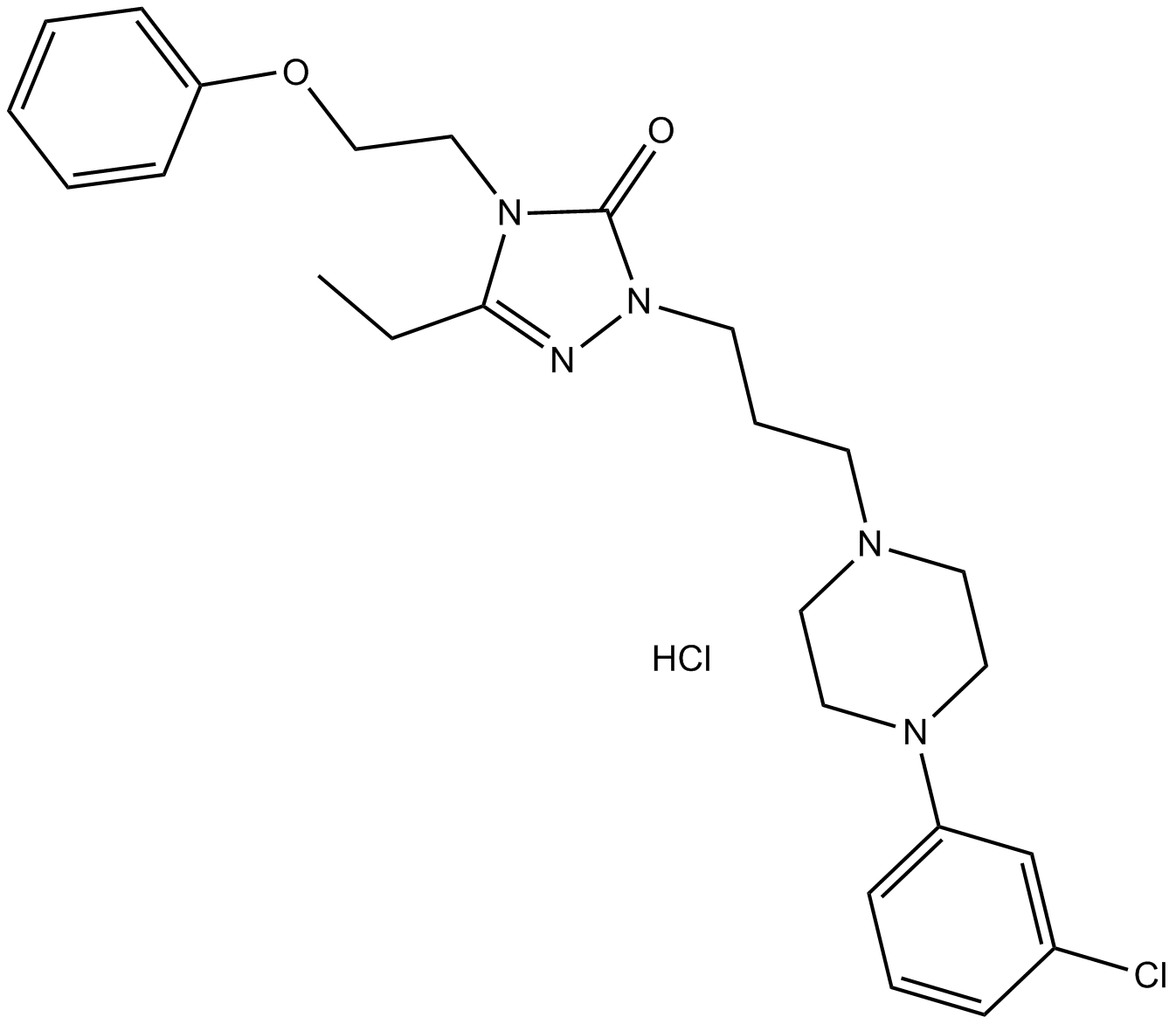 B7183 Nefazodone hydrochlorideSummary: 5-HT2A receptor antagonist
B7183 Nefazodone hydrochlorideSummary: 5-HT2A receptor antagonist -
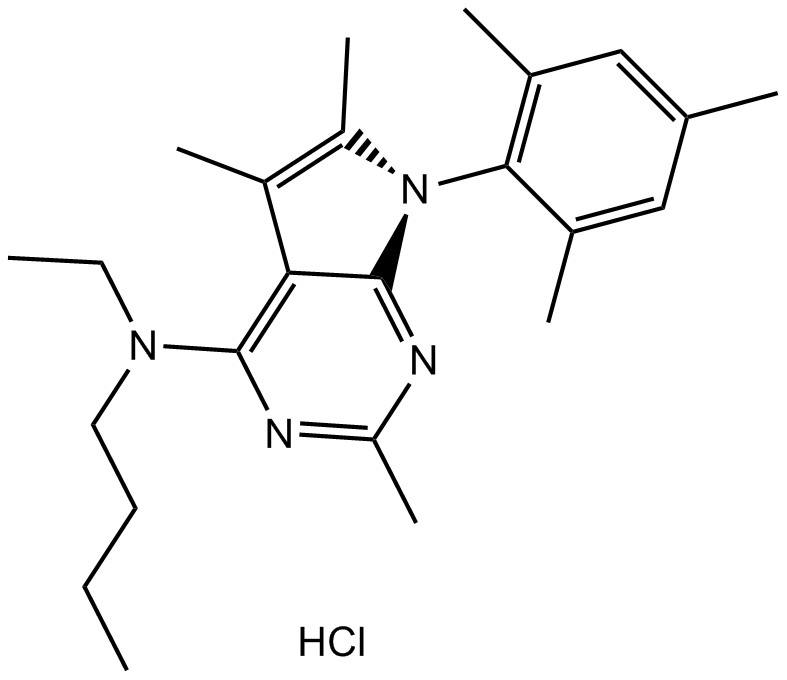 B7184 Antalarmin hydrochlorideSummary: CRF1 antagonist
B7184 Antalarmin hydrochlorideSummary: CRF1 antagonist -
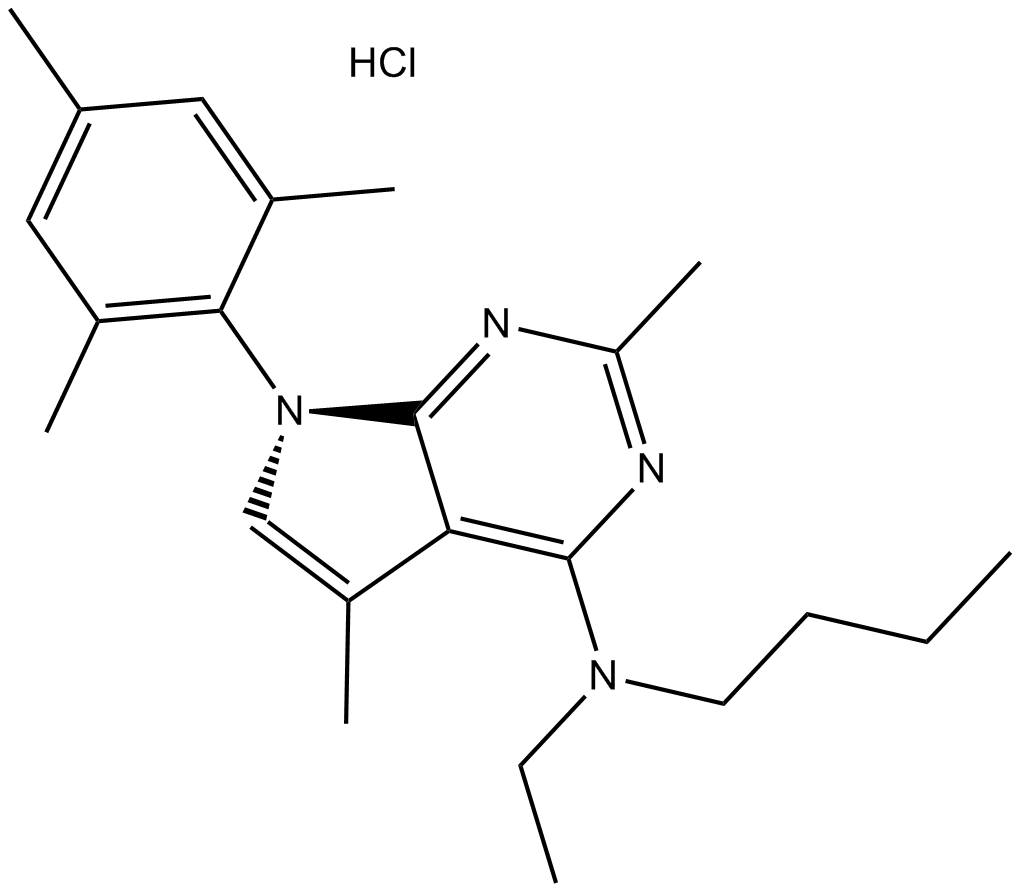 B7185 CP 154526Summary: CRF1 receptor antagonist
B7185 CP 154526Summary: CRF1 receptor antagonist -
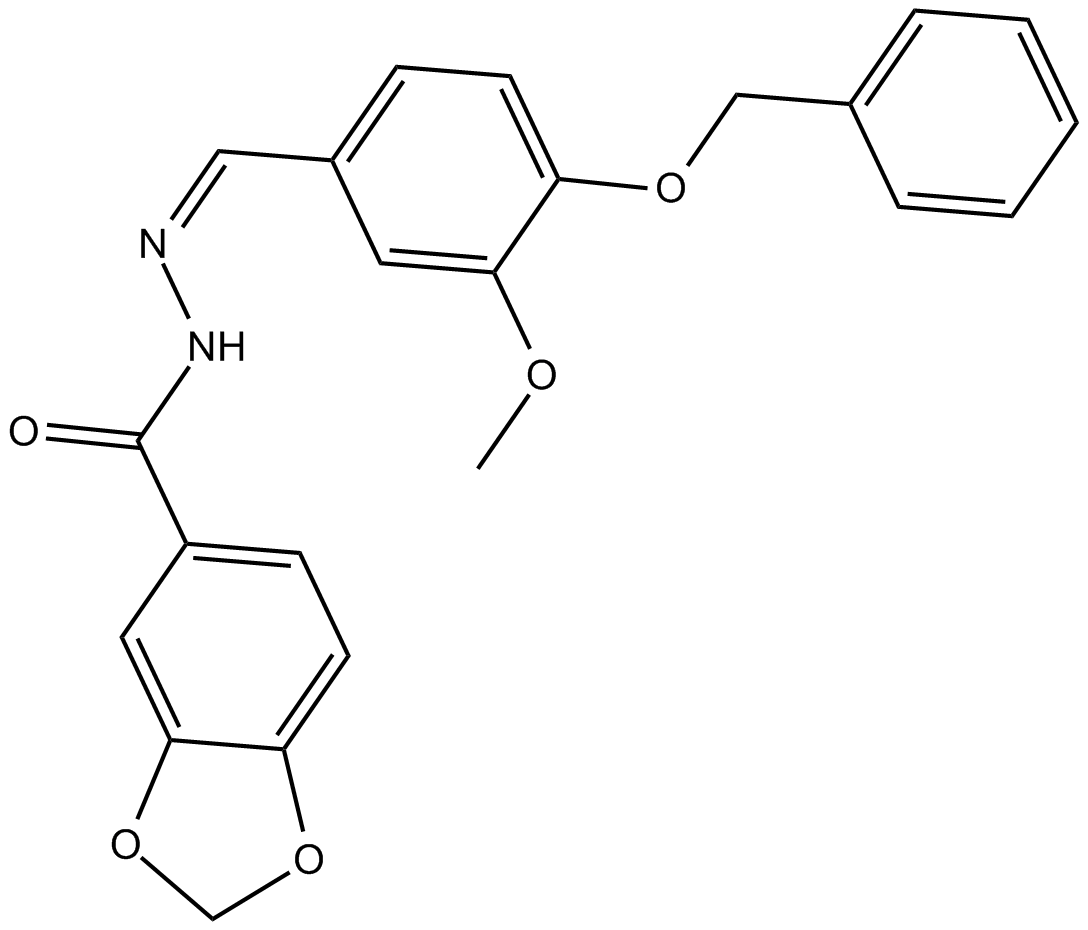 B7202 FPR A14Summary: Formyl peptide receptor (FPR) agonist
B7202 FPR A14Summary: Formyl peptide receptor (FPR) agonist -
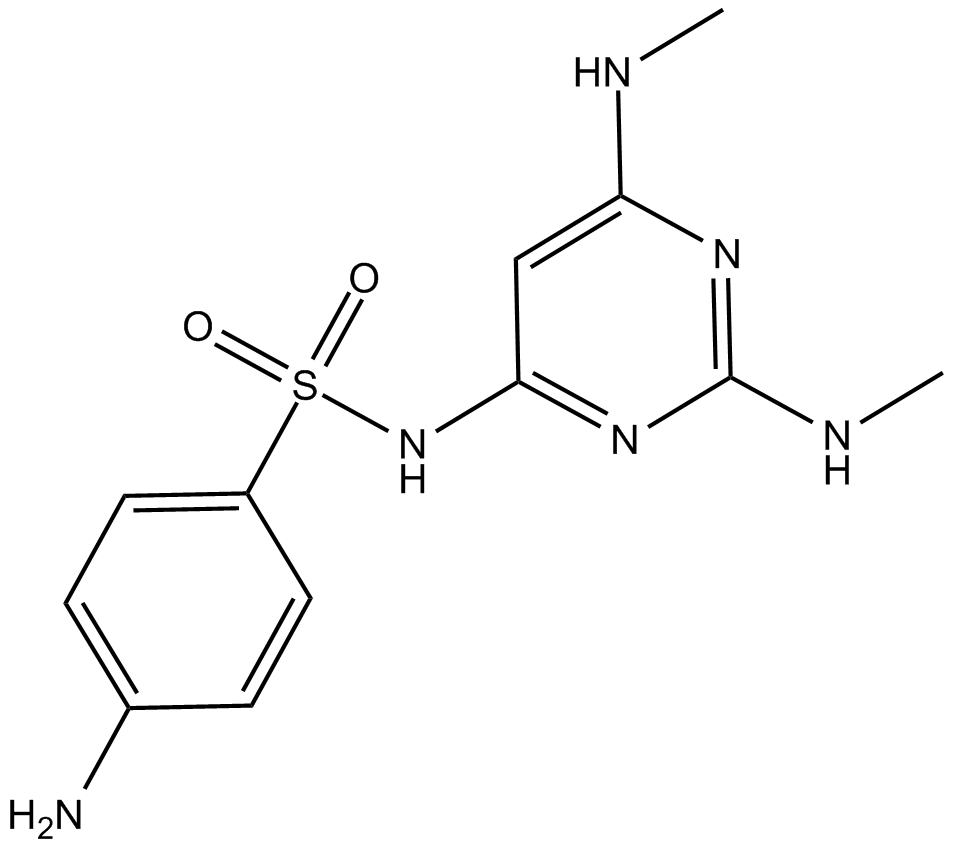 B7216 Ro 04-6790Summary: 5-HT6 receptor antagonist
B7216 Ro 04-6790Summary: 5-HT6 receptor antagonist -
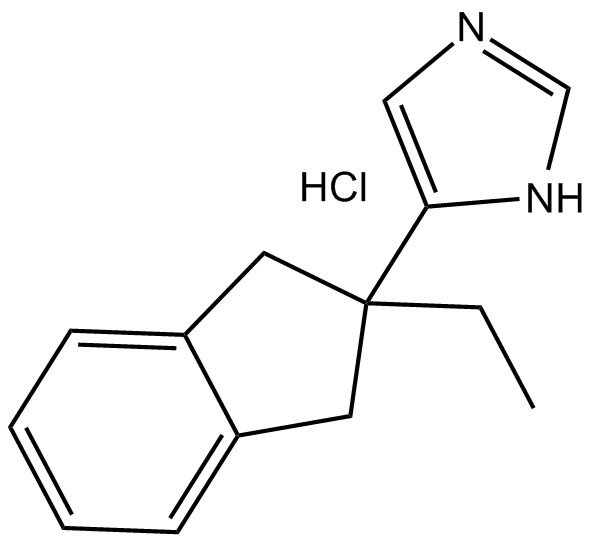 B7226 Atipamezole hydrochlorideSummary: α2-adrenergic receptor antagonist
B7226 Atipamezole hydrochlorideSummary: α2-adrenergic receptor antagonist

